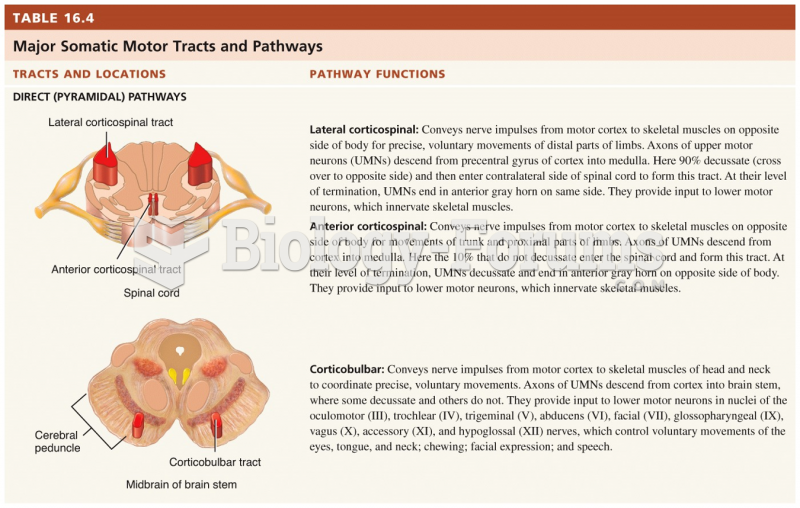Import Controls. DaimlerChrysler Corp makes and markets motor vehicles. Daim-lerChrysler assembled the 1993 and 1994 model years of its trucks at plants in Mexico. Assem-bly involved sheet metal components sent from the United States. DaimlerChrysler subjected some of the parts to a complicated treatment process, which included the application of coats of paint to prevent corrosion, to impart color, and to protect the finish. Under federal law, goods that are assembled abroad using U.S.-made parts can be imported tariff free. A federal statute provides that painting is incidental to assembly and does not affect the status of the goods. A federal regulation states that painting primarily intended to enhance the appearance of an arti-cle or to impart distinctive features or characteristics is not incidental. The U.S. Customs Ser-vice levied a tariff on the trucks. DaimlerChrysler filed a suit in the U.S. Court of International Trade, challenging the levy. Should the court rule in DaimlerChrysler's favor? Why or why not?
Question 2
In France v. Southern Equipment Co, where France, after falling off a roof, sued Southern Equipment Co who had employed Quality Metal Roof, a company that contracted with France's employer, Royalty Builders, to build them a new metal roof for exposing him to the inherently dangerous job of roofing, the appeals court held that:
a. Southern Equipment was liable because they engaged Royalty Builders to do the work
b. Southern Equipment was not liable because they engaged Royalty Builders to do the work and in doing so passed the liability to Royalty Builders
c. Southern Equipment was liable even though they did not engage Royalty Builders to do the work
d. Southern Equipment was not liable because France was a minor and should not have been working in construction
e. none of the other choices are correct







